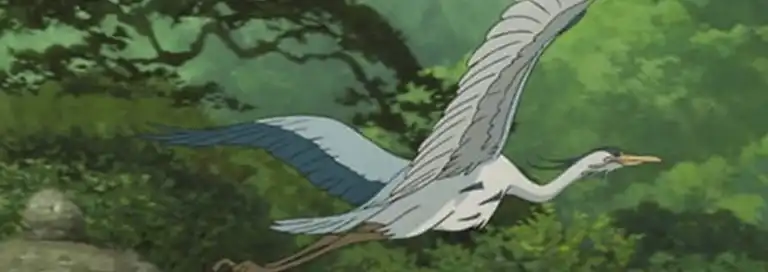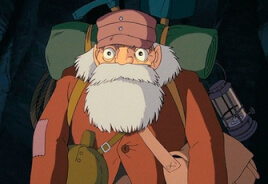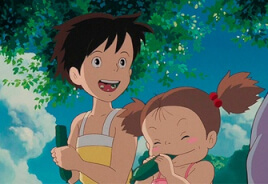A decade after "The Wind Rises," animation maestro Hayao Miyazaki is back with another ambitious work from Studio Ghibli, also one of his most personal. Set during World War II, "The Boy and the Heron" is the story of Mahito, a boy who, shortly after losing his mother in a fire, moves with his father to the Japanese countryside, where he must adapt to a new life with his new stepmother, Natsuko, his mother's sister. Leading a solitary life, Mahito explores the surroundings of his new home, where he is soon drawn into a magical world by the presence of a mysterious heron. What follows is a tale even more rooted in surrealism than "Spirited Away" (which is saying a lot), in which Miyazaki explores so many ideas and opens so many doors that, at times, it may seem challenging to follow (or understand what he means by saying the film has autobiographical tones). It's the director's extravagance in its most radical and pure state, so perhaps not the best film to approach him with. However, for his fans, it will be another authentic delight to see the level of detail, ambition, and care in his animation, so tangible that it allows you to feel the consistency of a bed or the realistic movement of a liquid, all in service of a story that, despite its most hallucinatory elements, never loses sight of emotion.
Studio Ghibli is almost inseparably associated with the name of Hayao Miyazaki, the master animator who was one of its co-founders and the director of nearly all of the studio's most iconic films, such as My Neighbor Totoro and Spirited Away. Because of this, it is easy to forget another co-founder who was equally a master of animation: Isao Takahata, creator of not-so-fantastical, yet equally masterful works like Only Yesterday. His most recognized film is Grave of the Fireflies, based on the novel of the same name by Akiyuki Nosaka, inspired by his experiences as a young boy during World War II. The story follows teenager Seita and his little sister, Setsuko, who are left orphaned and destitute after American bombings in Kobe, Japan. The film faithfully depicts the hardships faced by many children in Japan during the war, and while it does not descend into miserabilism, it does not shy away from portraying the harsh reality that the young protagonists are thrust into. It is one of the most authentic, moving, yet devastating films ever made about World War II. I, for one, haven't been able to watch it more than once.




